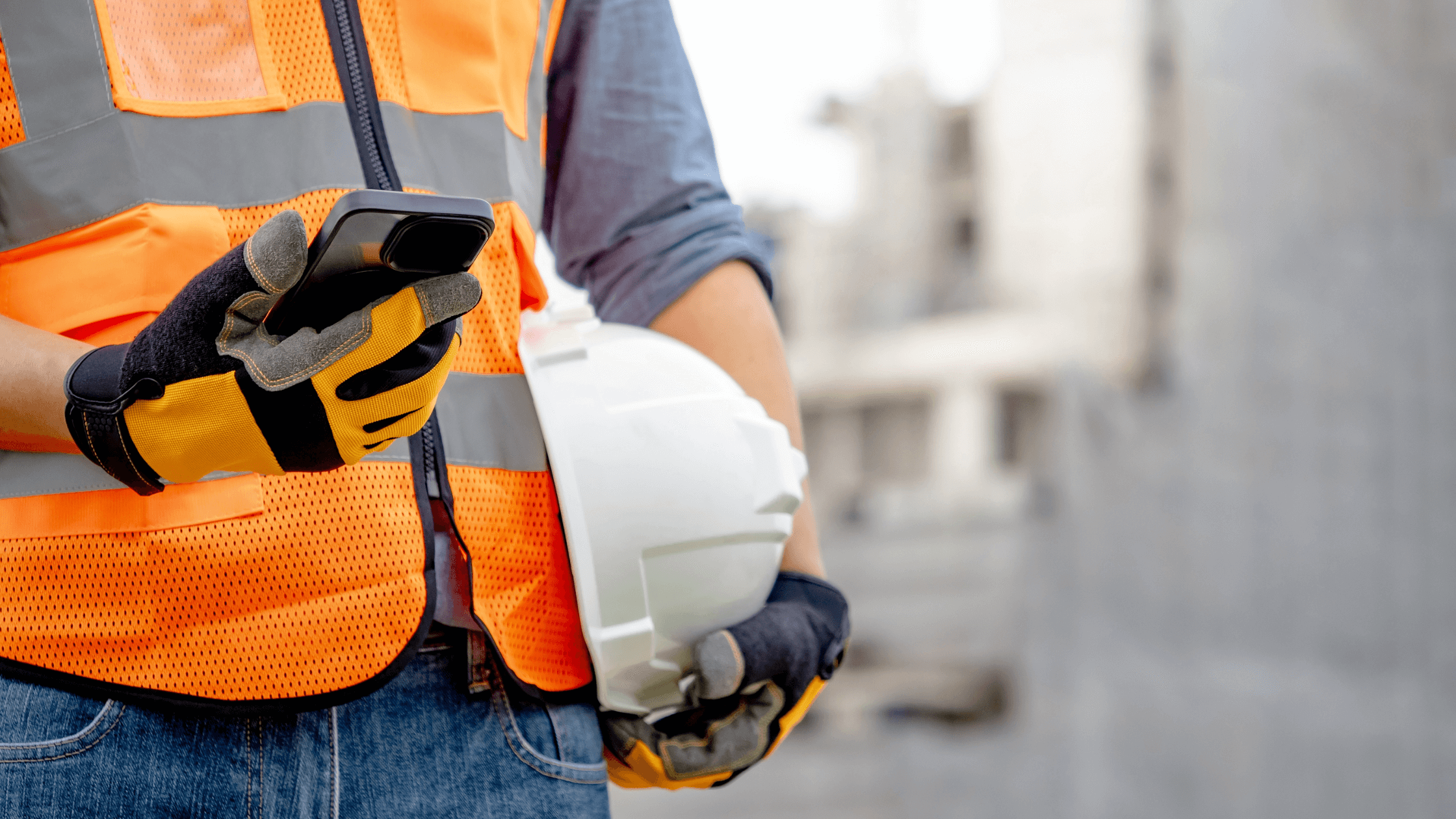In a world buzzing with notifications, emails, and endless scrolling, staying focused has become harder than ever. This constant digital noise rewires our brains, creating what experts call ‘popcorn brain’—a state where device overstimulation makes it difficult to concentrate or stay present. This mental distraction can lead to costly mistakes and missed opportunities for professionals in the AEC industry, where precision, productivity, and collaboration are critical.
Quick looks
- Constant digital device stimulation leads to distractions, reducing productivity and increasing construction, design, and architecture risks.
- For construction professionals, “popcorn brain” can cause errors, delays, and safety hazards, making it harder to focus on critical tasks.
- Creating tech-free zones, limiting screen time, and fostering team-wide tech mindfulness can help reclaim focus and improve collaboration.
- Recognizing triggers for distraction and establishing structured routines can mitigate the effects of digital overstimulation in high-stakes environments.
What is ‘popcorn brain’?

Ever feel like your brain is stuck on fast-forward, constantly jumping from one notification to the next? That’s ‘popcorn brain’—a term that describes what happens when our minds get hooked on the nonstop stimulation of digital devices like smartphones, tablets, and laptops. It’s like your brain craves quick information hits, like popcorn popping in a microwave.
“Popcorn brain” is a hot topic in mental health right now. David M. Levy, Ph.D., a computer scientist at the University of Washington, coined the term and explained it as “being so hooked on electronic multitasking that the slower-paced life offline holds no interest.” Sound familiar?
This constant flow of notifications and updates keeps your brain in overdrive, chasing those little bursts of excitement. Over time, it rewires your thinking, making it harder to focus on tasks that require deeper concentration.
The apps and tools we use daily are designed to give us those dopamine hits—the feel-good chemical your brain releases when you experience something rewarding. The downside is that your brain starts preferring quick distractions over meaningful focus. A 2024 report from Digital Reference Library DataReportal reveals that Americans spend an average of seven hours and three minutes on screens daily—equivalent to about 17 years of an adult’s life!
Constant distraction can interfere with information processing, making us less capable of handling complex tasks or enjoying face-to-face conversations. It’s not just about being distracted—digital overstimulation trains the brain to constantly seek the next shiny thing.
For AEC professionals who rely on focus and precision, popcorn brain can lead to costly mistakes, missed details, and breakdowns in communication. The good news? Once you know what’s happening, you can take steps to reclaim your focus and break the cycle.
The effects of popcorn brain on the construction industry
Popcorn brain can throw a wrench into everything from daily tasks to long-term projects. This digital dependency doesn’t discriminate; it affects workers at every level, leading to distractions, missteps, and inefficiencies.
Take construction managers, for example. Their job often requires juggling multiple priorities and creating detailed project plans. But constant emails, texts, and notifications can pull their attention in too many directions, causing delays or errors in critical decision-making.
For field workers, the stakes can be even higher. A glance at a phone during work might not seem like a big deal, but on a construction site, even a split-second distraction can increase safety risks. Popcorn brain makes it harder to resist the urge to check that buzzing notification, even in environments where focus is critical.
Meanwhile, professionals in design and architecture—roles that demand deep concentration and creative thinking—may find it challenging to get into the “flow” when their devices are pinging nonstop. This can slow productivity and lead to overlooked details or less innovative solutions.
Popcorn brain also seeps into team dynamics. Collaboration can suffer when team members are too distracted to engage in discussions or stay fully aligned on goals. Missed deadlines, miscommunications, and a general dip in efficiency can follow, creating stress and frustration.
In an industry where precision and teamwork drive success, understanding and addressing the effects of popcorn brain is essential. With a few mindful changes, it’s possible to curb distractions and get back to building with focus and purpose.
8 tips to regain focus and beat popcorn brain

A construction site is no place for popcorn brain, and staying focused is essential—whether you’re managing a site, operating heavy equipment, or designing the next big project. But when popcorn brain creeps in, it can slow you down and increase risks on the job. These small, practical changes can make a big impact.
1. Set boundaries around technology
Create tech-free zones or times during your day. For example, make it a rule to turn off phones during team meetings, toolbox talks, or while operating machinery. This will keep you focused and ensure safety on-site.
2. Turn on timers or controls
Many phones and apps offer screen time settings to limit usage. Set timers to reduce distractions, like scrolling social media during work hours, so your focus stays on the task at hand.
3. Create physical distance
Keep devices out of sight when you’re on the job. Instead of carrying phones in your pocket while working, store them in a locker or designated spot. This simple step helps you avoid the temptation to check them unnecessarily.
4. Meditate
It might not be the first thing that comes to mind for construction pros, but mindfulness can help sharpen focus and reduce stress. Even a few deep breaths or five minutes of quiet time in your truck or office can make a big difference.
5. Practice self-awareness
Notice when you reach for your phone or feel the pull of distractions. Is it boredom, stress, or habit? Recognizing these triggers can help you make conscious choices to step away and stay present on the job.
6. Create a structured routine
Construction thrives on schedules, so apply the same principle to your day. Block time for focused tasks like planning, design, or inspections, and stick to it. A clear routine helps you stay organized and less reliant on quick digital distractions.
7. Take regular breaks
Working in construction is physically and mentally demanding. Schedule regular breaks to recharge, whether grabbing water, stretching, or stepping away for a few minutes. Techniques like the Pomodoro method (25 minutes of focused work, 5 minutes of rest) can work just as well in the office or on the site.
8. Encourage team buy-in
Talk with your crew about incorporating tech mindfulness into the workplace. Agree to limit phone use during critical tasks or meetings and encourage everyone to be fully present. A unified approach improves safety and productivity across the board.
Bottom line
Digital distractions can impact everything from productivity and safety to communication and project success. AEC professionals must recognize how these distractions affect their work and take proactive steps to combat them.
Self-awareness is the first step toward regaining control. By understanding your triggers and making intentional changes—like creating structured routines, setting boundaries around technology, and encouraging team buy-in—you can reduce distractions and stay focused where it matters most.
Want more tips and insights to keep your AEC projects running smoothly? Subscribe to our newsletter for expert advice, industry updates, and actionable strategies delivered straight to your inbox.



1 comment